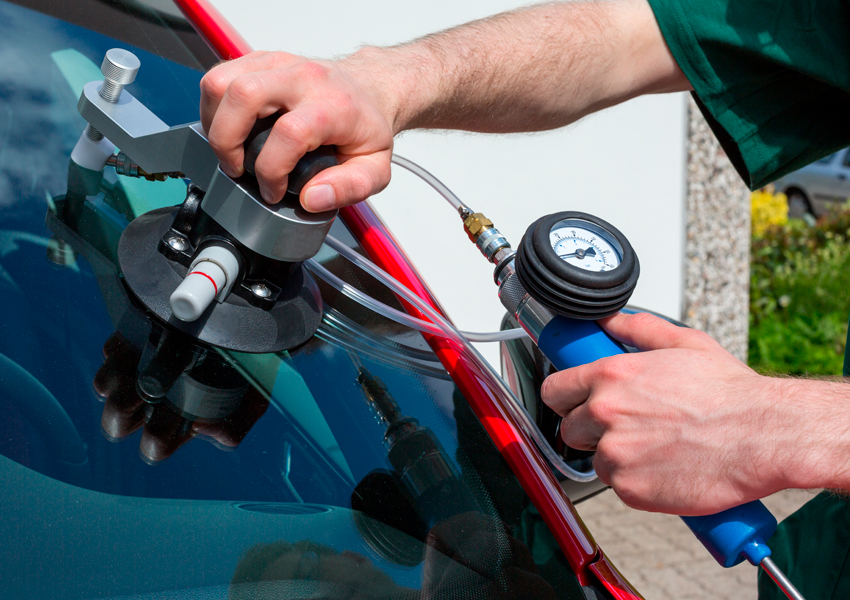We constantly see people going by on their electric scooters, or sometimes we are the riders ourselves. But… what are our obligations and rights in each case?
If I am the rider, where am I allowed to ride? From what age can I do so? How many people can I carry on my scooter? There are many unknowns regarding this topic… In the end, the lack of national regulations, the absence of rules from many city councils, or the lack of knowledge from some users all contribute to the growing number of accidents.
Here at Ralarsa, we will explain the training courses available to you, the future traffic safety law from the DGT (Spanish Directorate-General for Traffic), and civil liability and accidental damage insurance. In short, we will answer all your questions on the subject.
The future traffic safety law that the DGT will regulate regarding the use of electric scooters
The Dirección General de Tráfico (DGT) states that it will try to provide a solution to the problem of the absence of regulations governing the circulation of electric scooters. Currently, there is only a basic legal framework in the form of an instruction concerning Personal Mobility Vehicles (PMVs) approved in 2016. Taking advantage of the upcoming reform of the traffic safety law, they aim to address this booming phenomenon worldwide. Today, city councils such as Barcelona’s are working with the DGT to tackle the issue. However, not everything is in their hands, as it also depends on legislative procedures and the actions taken by political parties.
Below we explain what the DGT regulates in its legal framework instruction on Personal Mobility Vehicles:
- These vehicles, as they move faster than pedestrians, “can generate risk situations when sharing urban space with other users.” For this reason, just as there are currently bicycle lanes, calls are being made to review and create their own space on roads so that no controversies arise.
- The impossibility of assimilating them to the category of pedestrians means they cannot use sidewalks and spaces reserved for those who are pedestrians. This prohibition would only be excepted in cases where the Municipal Authority expressly authorizes it. Nonetheless, that same authority could authorize circulation in pedestrian zones, sidewalks, parks… that it considers necessary to guarantee the safety of road users.
- As they are not motor vehicles, users do not need to hold a driving permit or license. However, the user or owner of a PMV may take out insurance under the terms established in the general insurance legislation.
- It is specified that these PMVs must be restricted to people over 16 years of age.
Getting insurance for your scooter really is a smart move
As we said before, since electric scooters are not motor vehicles, no driving permit is required, nor is insurance coverage mandatory. However, paying for civil liability and accidental damage insurance is highly advisable and costs only a small amount per month. You can calculate the insurance for your scooter on various websites or at any establishment that sells them.
The first electric scooter course in Spain
Last year there were 203 accidents caused by scooter riders, according to the Office of the Prosecutor General. Following these figures, some driving schools such as Hoy Voy (located in various places across Spain including Madrid, Murcia, Castellón, Valladolid, and Zaragoza) decided to offer a free two-hour course in the Barcelona area, combining theoretical and practical parts. Among the exercises, students try on glasses that simulate the vision of a drunk driver since scooter riders may also be subjected to breathalyzer tests.
At Ralarsa we keep you informed of the latest news like this one. Don’t miss any of our articles!





